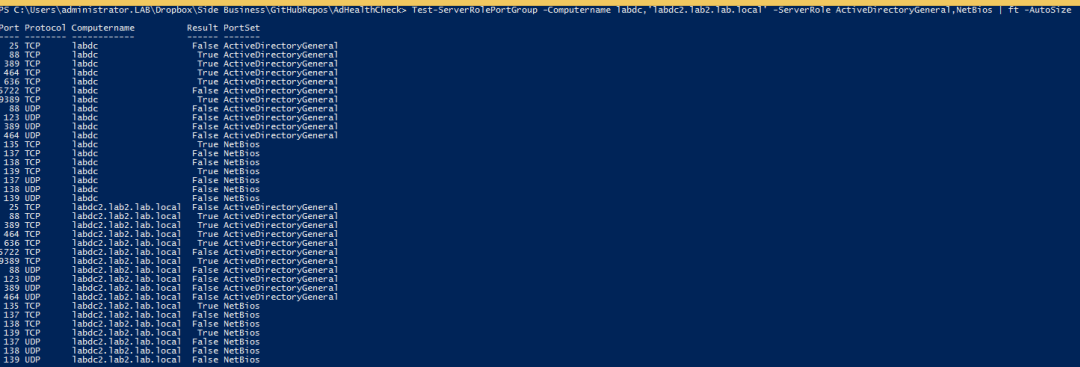בואו נתעמ淓票融弓? 艇 לבנות כלי בדיקת יציבת פתח PowerShell שמאפשר לך לבדוק פתחים פתוחים לפי מספר פתח ותווית.
כדי לבנות סקריפט יציב שלא יתקע וימות חצי דרך בשרתים שלך, חשוב לוודא תחילה שהדרישות המקדימות הקיימות לך לקבלת התוצאה הסופית נעמדות.
מהם אלו הדרישות המקדימות? הדרישות המקדימות הן שירותים כמו FTP, HTTP, DCOM, WMI, WSMAN וכו '. החיבור שאתה מנסה ליצור לשרת תלוי נפרדות בשירותים כאלה.
יש היררכיה של מספר שכבות של בדיקות שאתה יכול לבצע על השרתים שלך לפני שאתה מנסה ליצור חיבור בהתאם לכמה אתה רוצה להיות מפרט.
למתחילים, יש לך את כל מחסנית ה-OSI לעבור מצד הרשת. זה לא כולל שירותים במערכת המארח שאתה מפעיל את התסריט ממנה והכל יתרה מהמערכת המארחת המרוחקת.
אחת מהבדיקות הראשוניות שעליך לבצע כשאתה שואל שרת מרוחק היא לוודא שהפתחים הרשתיים המתאימים פתוחים וזמינים. תלוי בשירותים שרצים על השרת המרוחק, תלוי בפתחים שעליך לשאול.
I always used to either not even attempting to test port connections or fumbling around with finding that latest Test-Port script I had scavenged somewhere. Once I found it to figure out what ports I actually needed to a test ahead of time. Today was the final straw.
I needed to query a set of domain controllers before running some CIM queries against them. I went about my normal fumbling around and decided enough was enough and sat down and built my own, fully featured port testing script.
עם עזרה מתסריט של Technet, הצלחתי ליצור זוג פונקציות PowerShell נחמדות שלא רק יאפשרו לך לבדוק פתחים TCP ו-UDP פתוחים אלא גם לבדוק קבוצות פתחים לפי תפקיד השרת. סיום לחיפוש בכל פעם לאילו פתחים שירות משתמש!
ניתן, במיוחד עבור Active Directory, הימנעות מפתחי יציאה יכולה להשתנות לפי מערכת ההפעלה של השרת, שירותים שונים בשרת בדומיין וכו'. ניתן לשנות אותם ככל הצורך למצב הסביבתי שלך.
כאן מסך של דוגמה לשימוש:

כפי שתוכל לראות, ניתן לציין כמה שרתים שתרצה והוא יפיק רשימה נעימה של אובייקטים המחולקים לפי קבוצת פורט שירות ולכל מחשב פורט. עד כה היה מאוד שימושי! מקווה שתיהנה ממנו כמו שעשיתי!













